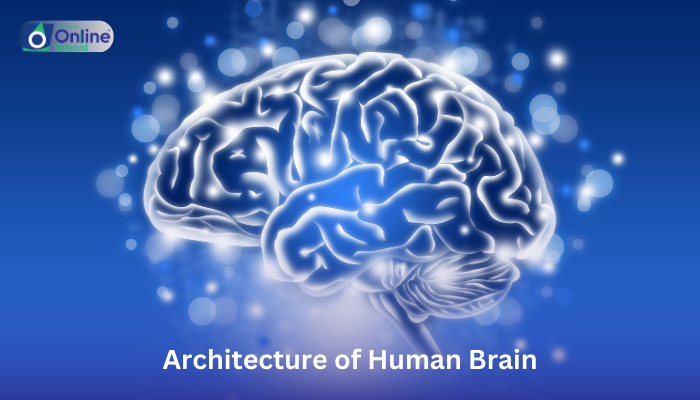
Learning Outcomes:
i. Describe the key components of the human brain, including the cerebrum, cerebellum, brainstem, and meninges.
ii. Compare and contrast the sectional views of the brain and spinal cord, highlighting their structural differences.
iii. Understand how the brain's architecture relates to its specialized functions.
Introduction:
Imagine a city with intricate neighborhoods, each playing a vital role in the life of its inhabitants. The human brain is like this city, with distinct regions, each specializing in different tasks, from processing thoughts and emotions to controlling movement and coordinating vital functions. In this lesson, we'll embark on a journey through this neural metropolis, unveiling its architecture and understanding how its unique layout shapes its remarkable capabilities.
i. Delving into the City: The Brain's Major Districts
Cerebrum: The bustling hub of thought, occupying the largest area. Imagine it as the city center, brimming with activity, handling everything from language and memory to decision-making and creativity.
Cerebellum: The skilled gymnast, tucked beneath the cerebrum. Think of it as the sports district, coordinating movement, balance, and motor learning.
Brainstem: The city's lifeblood, connecting the brain to the spinal cord. Imagine it as the infrastructure network, regulating breathing, heart rate, and other vital functions.
Meninges: The protective shield, encasing the entire brain and spinal cord. Think of them as the city walls, providing support, insulation, and defense against injury.
ii. Unveiling the Neighborhoods: Comparing Brain and Spinal Cord Sections
Cerebrum: Folded convolutions called gyri and sulci increase surface area for processing power. Imagine it as a city map with intricate folds, maximizing space for information highways.
Spinal Cord: Butterfly-shaped gray matter surrounded by white matter, focusing on relaying signals between brain and body. Think of it as a central cable, efficiently transmitting messages between the city center and distant districts.
iii. Architecture and Function: The City's Rhythm
Cerebrum's wrinkled surface: Enhances its processing power, allowing for complex thought and learning. Imagine it as a brain with more folds, like a city with more libraries, fostering greater knowledge and innovation.
Spinal Cord's centralized gray matter: Streamlines signal transmission, ensuring fast reflexes and rapid responses to bodily needs. Imagine it as a streamlined highway, quickly conveying messages between the city center and outlying areas.
The human brain's architecture is not a random design; it's a masterpiece of evolution, perfectly suited for its diverse functions. From the cerebrum's intricate folds to the spinal cord's streamlined design, each element plays a vital role in shaping our thoughts, movements, and our very experience of being. By understanding the brain's layout, we gain a deeper appreciation for its remarkable complexity and the magnificent symphony of life it orchestrates within each of us. So, the next time you witness a flash of creativity, a graceful movement, or simply the miracle of consciousness, remember the city within your head, where every street and every fold holds the secrets of who you are.